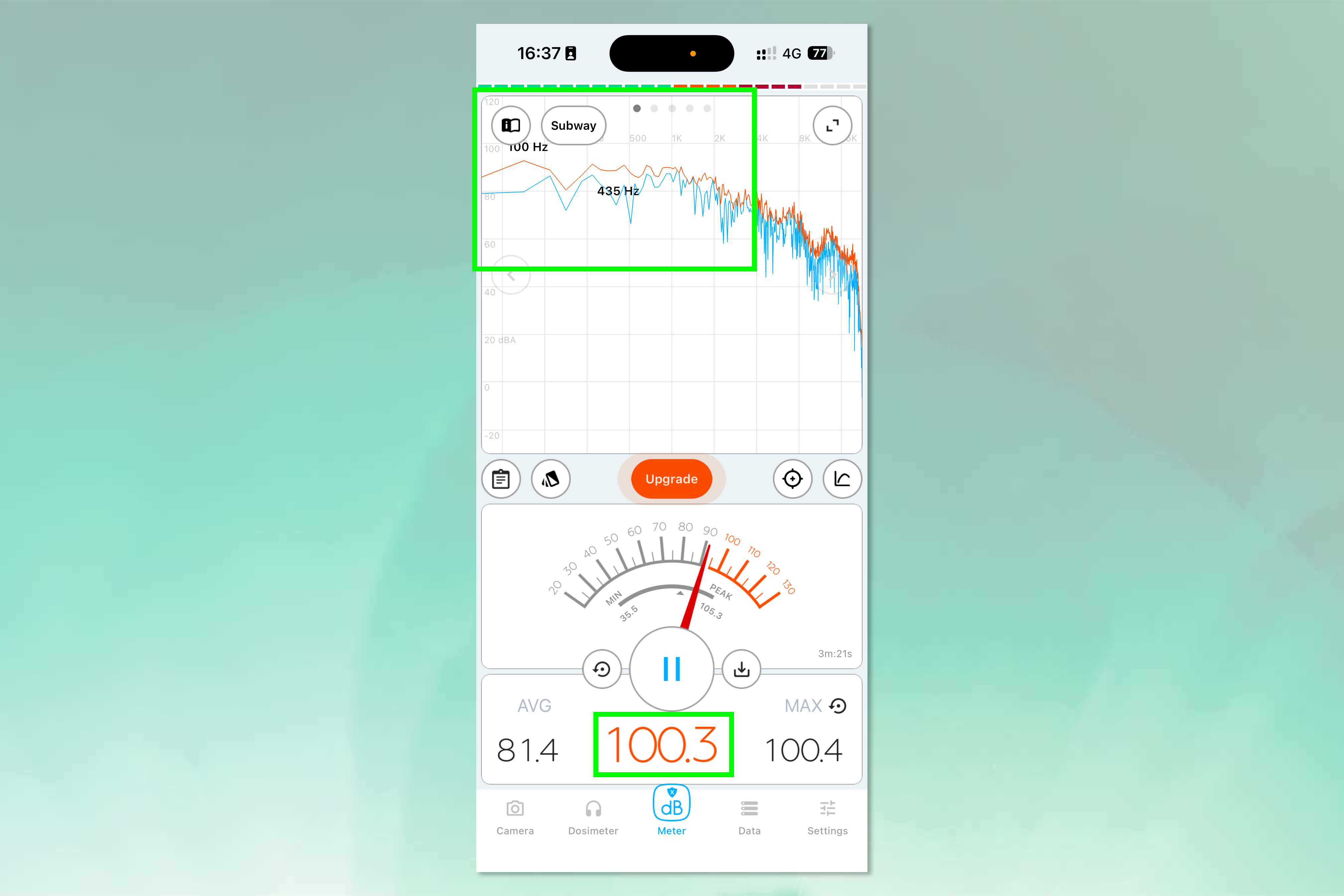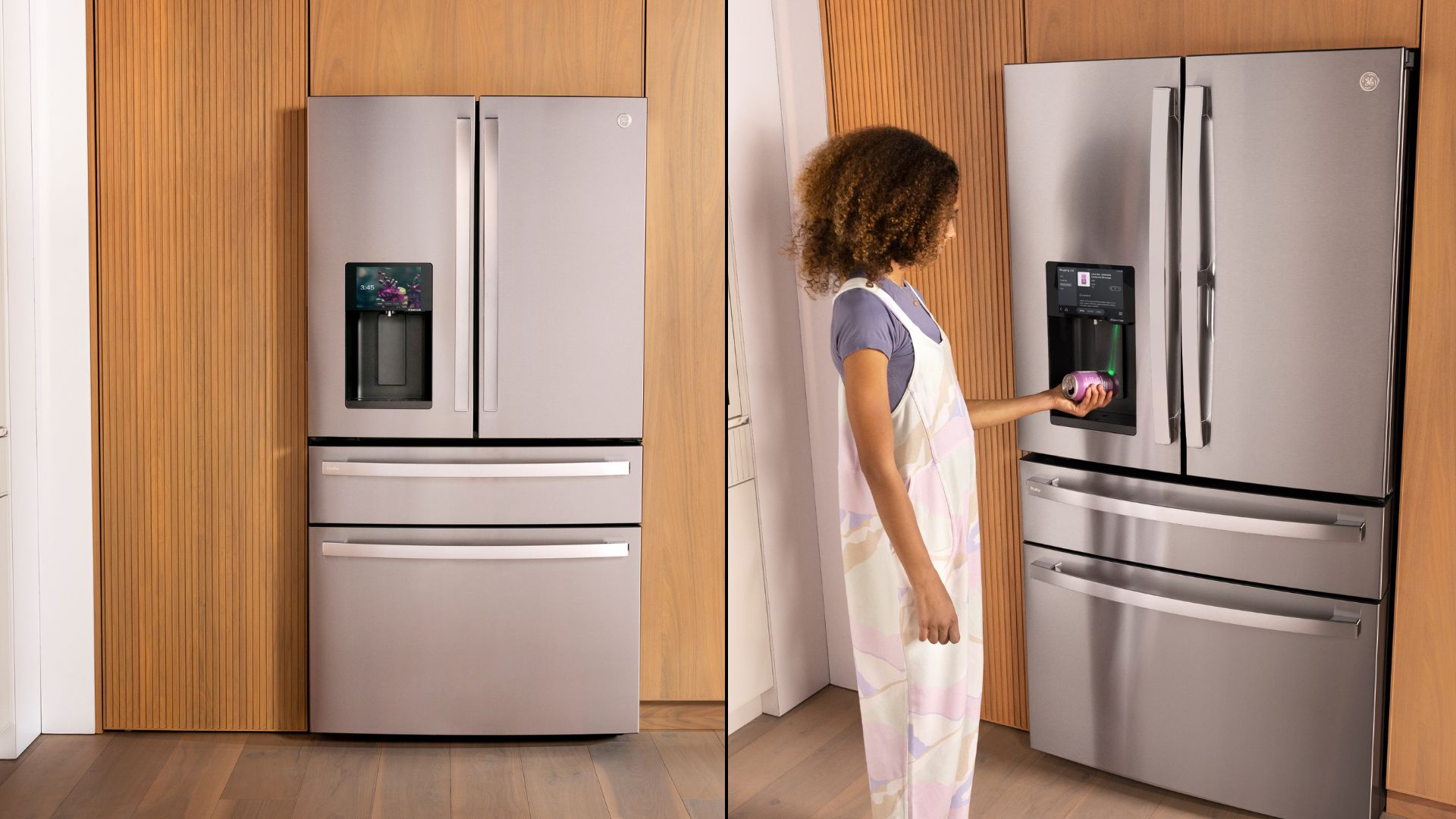The AirPods Pro 2 saved my hearing — here's how
I just wish I'd realized sooner

Motorcycles are loud. Very loud. In fact, internal combustion in general can quite literally be deafening. Think of Brian Johnson, AC/DC’s lead singer, who risked total hearing loss a few years back thanks not to rock and roll, but to racing cars.
My motorcycle, a pretty average two-cylinder with an unmodified exhaust, generates over 100 dB of sound at about 3,000 RPM, with the loudest sound coming from low frequencies under 500 Hz. If 100 dB sounds a little abstract, think about it like this: according to the CDC, 95 dB will cause hearing loss after 50 minutes of exposure, or around the length of a quick weekend ride. In short, 100 dB is dangerously loud.
But mechanical noise isn’t the only issue. As with grandad after Christmas dinner, the real problem is wind. Anyone who has ridden a motorbike fast will likely tell you that at high speeds, you don’t hear that 100 dB exhaust anymore thanks to wind buffeting.
While helmets can help muffle all noise somewhat, a 1996 study commissioned by the University of Southampton (U.K.) found that at 70mph noise levels within a helmet can still reach 95 dB. What’s more, a 2019 study at the University of Sheffield (U.K.) found that when it comes to low frequency noise, helmets are ineffective at noise elimination, and can even increase noise levels thanks to sound pressure waves causing vibrations within the helmet.
Naturally then, after some time riding a motorbike, I’ve started to experience increased tinnitus and hearing damage. The solution? My trusty AirPods Pro 2, which have surprisingly proved better than all other protection methods I've tried, and have saved my hearing.
The competition
I’ve suffered tinnitus and hearing loss for over a decade. In my younger years, I treated my hearing with typically teenage abandon, blasting music through large headphones. In my late teens and early twenties, I became a nightclub DJ, with large booth monitors torturing my ears several times a week in clubs.
I used no hearing protection back then, but as an older, wiser man when I took up motorcycling, I knew that my ears were already damaged goods. I therefore needed to do something to prevent it worsening.
Get instant access to breaking news, the hottest reviews, great deals and helpful tips.
Disposable ear plugs were the natural choice: Hearos Xtreme. I used these plugs already for sleeping and travel, and they reduce damaging low frequency noise by 33 dB, while allowing higher frequencies (sirens, announcements etc) through. They’re fantastic.
The issue? At £14 for 14 pairs here in the U.K., I’d be spending almost £200 a year on ear plugs given my riding frequency and other uses for them. About the same as a set of AirPods Pro 2.

I then tried cheaper alternatives, but these offered noticeably less protection and comfort thanks to poorer fit and lower density construction materials. I’d come off the bike with ears ringing and throbbing pain for days. What’s more, as most disposables are made from non-recyclable material, I’d be chucking 392 non-degradable plugs into the ground each year.
I tried reusable earplugs, but again came away with earache. Made from plastic rather than malleable foam, these can never reliably replicate the levels of passive protection you’ll get from foam plugs. They often won’t seal properly, and when they do, provide only a thin layer of sealing rather than an inch of foam. Often, the stem ended ones (as opposed to ring-pull) can dislodge and even fall out mid-ride.
The final method I considered was an expensive set of custom-moulded plugs, which provide up to 27dB of protection using a passive filter. But then I remembered something: ANC exists.
AirPods Pro 2: 35 dB of protection (+ podcasts)

A long ride beckoned in mid October, and I decided to see how well the AirPods Pro 2 would protect my ears on a ride. Straight away, I was astounded. In ANC mode and with Loud Sound Reduction enabled, they were tangibly better than wearing any ear plugs I’d tried.
With my helmet on, the bike noise was virtually inaudible, with wind noise relegated to the background. That said, things like sirens could still be heard, as the ANC allows certain frequencies through.
Additionally, I could now listen to history podcasts while riding. I could control my media via Siri, and get spoken directions from Google Maps. The ride was a glorious, entertaining and pain-free one. Distraction was a concern, but in reality I found the opposite — I remained so focused on the road that I’d miss large chunks of episodes. But the entertainment was there when I could pay attention.
My experience is backed up by testing. The Hearing Review, in testing the AirPods Pro 2, found that they reduced low frequency noise by up to 35 dB (2 dB better than Hearos Xtreme foam ear plugs) and 27 dB of protection on average across frequency ranges (the same as custom moulded ear plugs). 35 dB of protection reduces internal helmet noise to 60 dB, the volume of a typical conversation, says the CDC. The 27 dB reduction still results in 68 dB max, quieter than a dishwasher, according to the CDC, and merely an annoyance.
The ear protection of the future
I now get off my bike with no pain and can reasonably expect that my tinnitus will get no worse as a result of motorcycling. In short, my AirPods have saved my hearing.
This may not be news to many, but it’s opened my eyes to the fact that noise cancelling headphones can be used as viable ear protection methods and are not, as I assumed before this episode, simply for noisy commutes, plane travel and/or an improved audio experience. There could be a wide range of applicable uses given the bells and whistles now found with the best noise cancelling headphones: for example, even in transparency mode, AirPods Pro 2 can still utilize Loud Sound Reduction, meaning they could be used to lessen the damage caused by live music without sacrificing the enjoyment.
So, why buy expensive custom moulded earplugs that cut only 27 dB of sound, when you can use the headphones you already have and cut 35 dB? Why waste money on a year's worth of foam ear plugs, when you can spend the same money and get headphones that have day-to-day applications too?
The headphones you already have may do a better job, while offering more. I just wish I’d realized that sooner.

Peter is a Senior Editor at Tom's Guide, heading up the site's Reviews team and Cameras section. As a writer, he covers topics including tech, photography, gaming, hardware, motoring and food & drink. Outside of work, he's an avid photographer, specialising in architectural and portrait photography. When he's not snapping away on his beloved Fujifilm camera, he can usually be found telling everyone about his greyhounds, riding his motorcycle, squeezing as many FPS as possible out of PC games, and perfecting his espresso shots.


